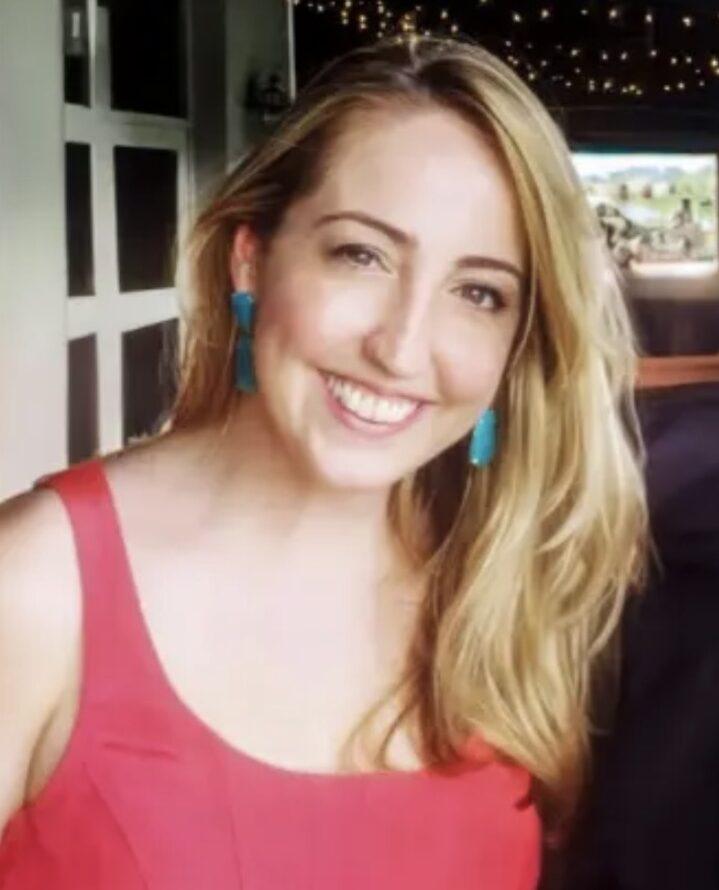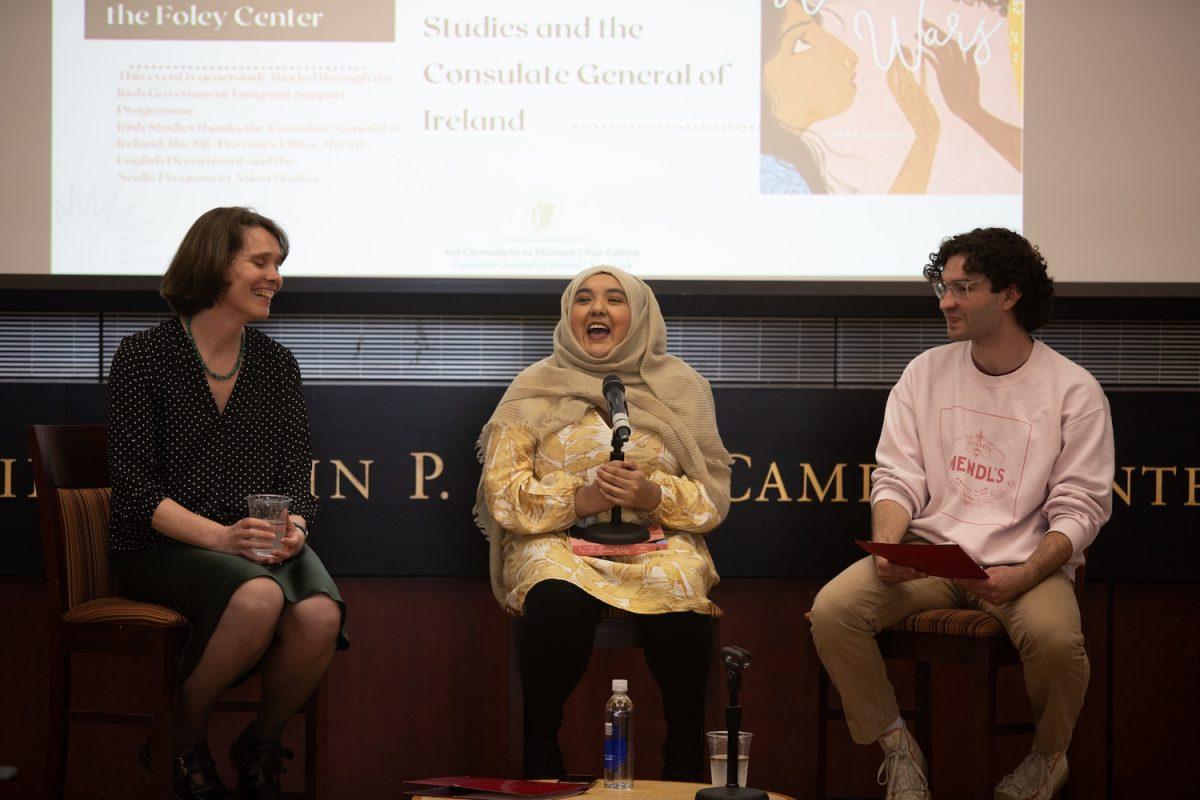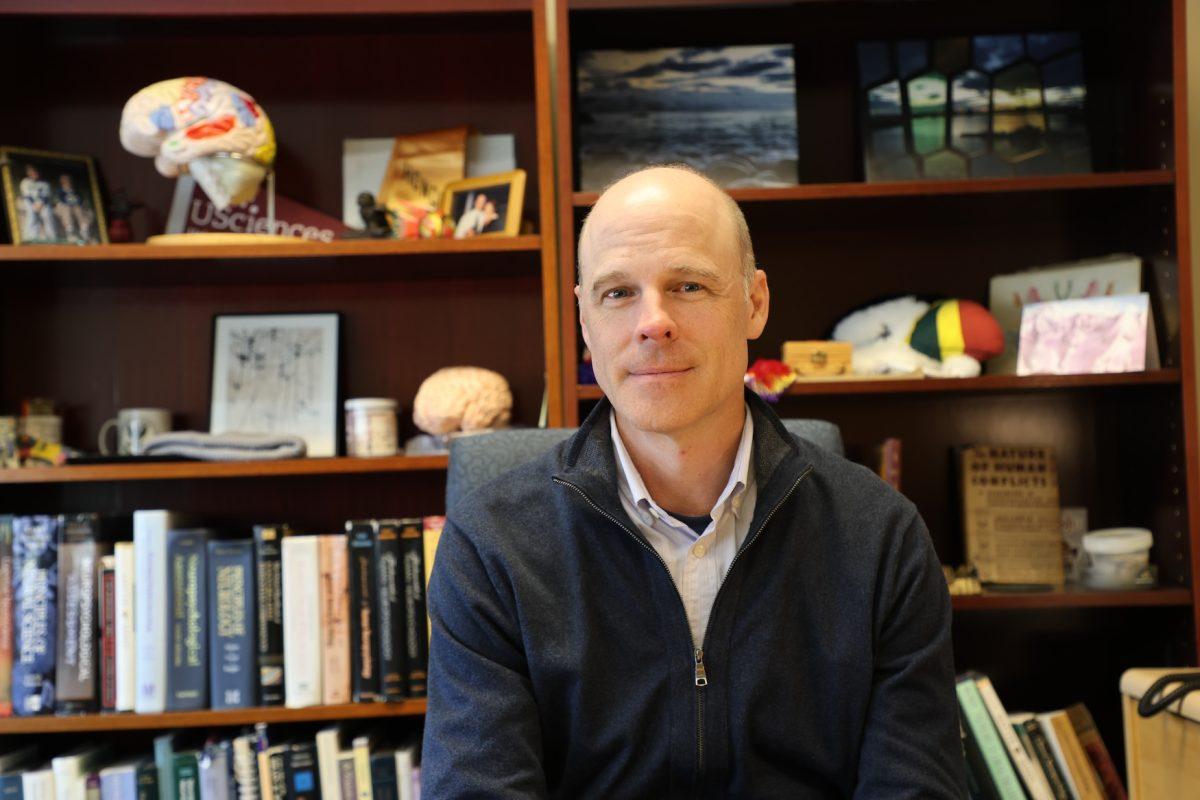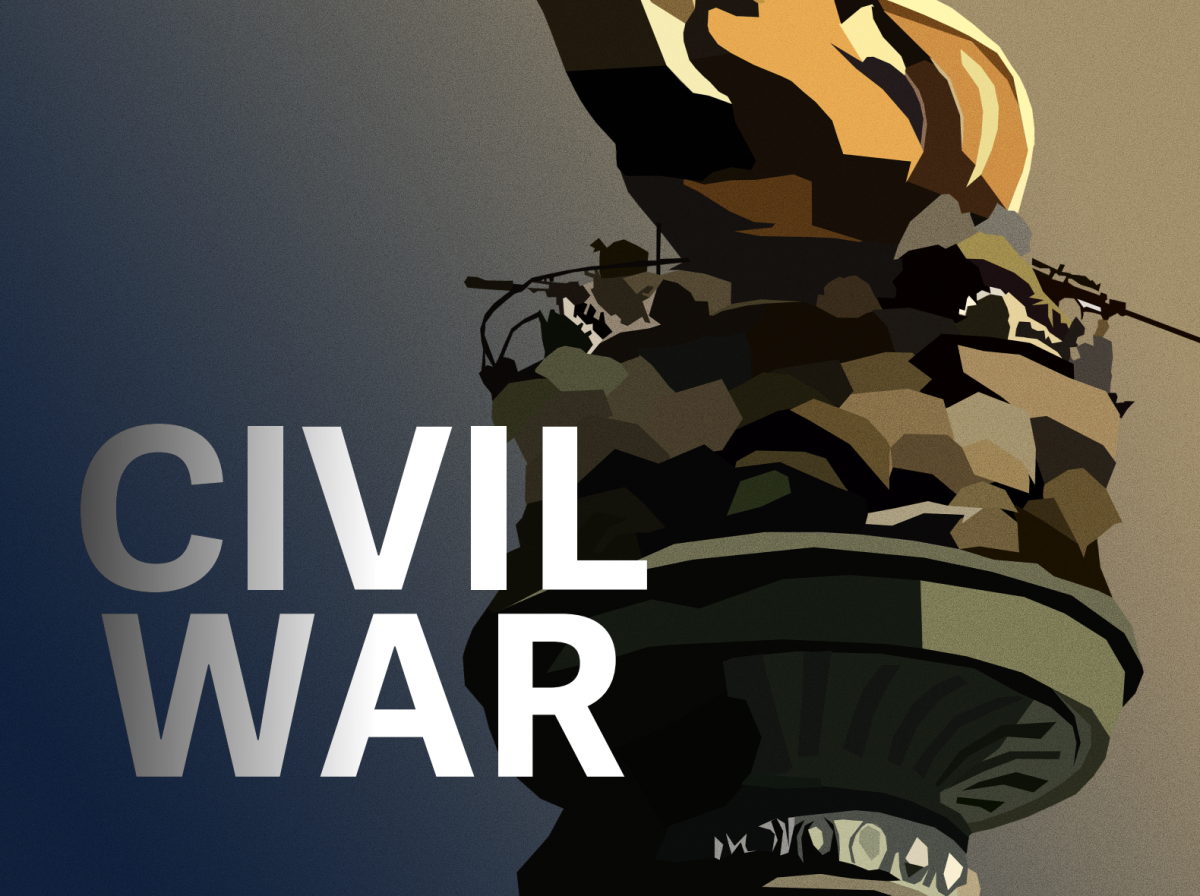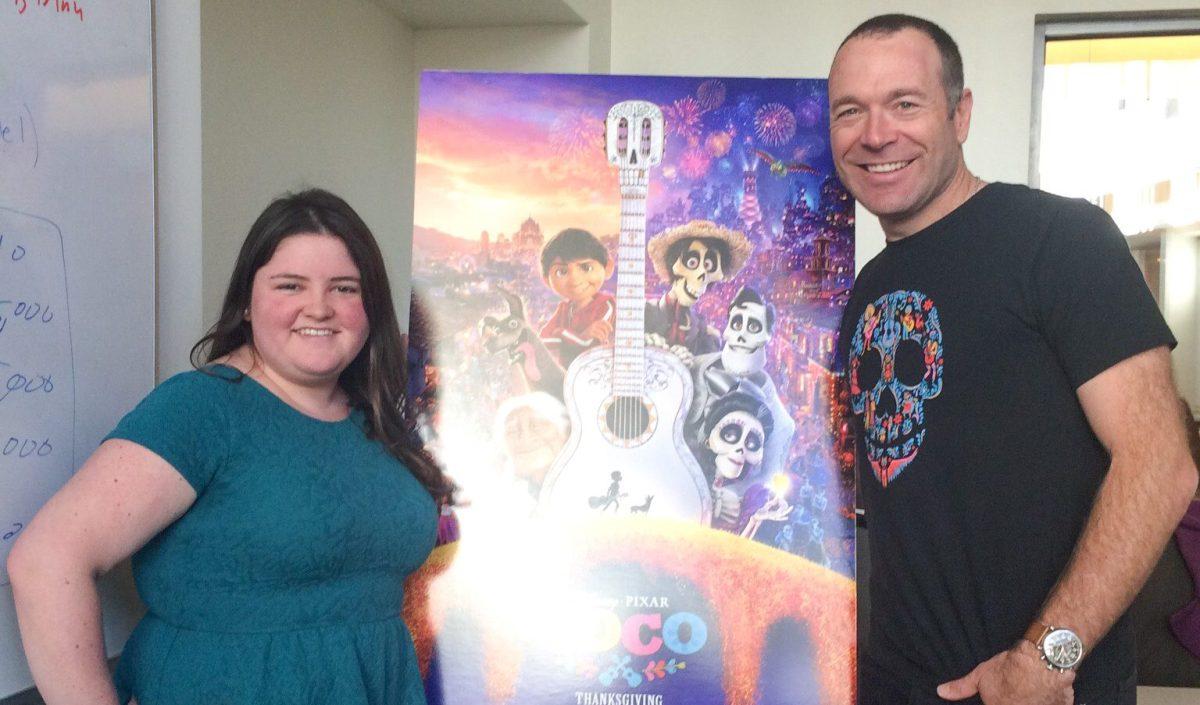A Q&A with Pixar’s Jason Katz
“Coco,” the 19th feature from Pixar Animation Studios, dominated the box office upon its release last week. The story follows a young Mexican boy named Miguel during Dìa de Muertos (Day of the Dead) as he travels to the land of the dead and, with the help of his ancestors, realizes a family secret.
Two weeks ago, I sat down with Jason Katz, a veteran storyboard artist for Pixar who served as story supervisor for “Coco.” Katz has worked in animation since the 1990s, also contributing storyboards and story work to features such as Turner Feature Animation’s “Cats Don’t Dance,” Pixar’s “Finding Nemo,” “Monsters, Inc.,” “Ratatouille” and all three “Toy Story” films.
Our interview was delayed for half an hour, due to eager Drexel University animation majors seeking his advice, autograph and portfolio reviews, all of which Katz kindly gave. Nevertheless we still found time to discuss researching the Day of the Dead, how “The Wizard of Oz” played a role in the making of “Coco” and great advice to stencil on a wall.
Rose Weldon: What surprised you the most in researching “Coco”?
Jason Katz: One thing that surprised us early on was that we needed to learn a lot more about what [Day of the Dead] was about. When we put up that first version of the movie, we really loved it, we were telling an emotional story and we had great feedback from our creative leadership – you know, [“Ratatouille” and “The Incredibles” director] Brad Bird was patting us on the back and saying, “You guys have something here.” Even [“Up” and “Inside Out” director] Pete Docter, everyone liked it, but we knew something about it just didn’t sit right, and I think we were grateful that we were able to step back and recognize that even though people are feeling good about this, we needed to take another swing.
I’ve often heard that to love something is to acknowledge when it needs to change.
Absolutely. Frankly, that’s the filmmaking process. You’re so committed to this piece of art and you truly want it to be something that can achieve the heights, your hopes and dreams. You’re committed to it and it’s very easy to get people to rally behind that, to put in the effort and time. But then to be able to really ask the hard questions and really be able to stand up and represent, and say, ‘No, this is why we’re making it,’ and ‘we’re not doing that,’ or ‘this is what’s more important.’ I think that’s what I love about making movies at Pixar, is that we are encouraged to ask those questions a lot and we really want to try to find answers to those questions that aren’t just, ‘Hey, that looks cool.’ That’s not a good enough reason, in my opinion, to make a movie.
What other cinematic influences did you have for “Coco”?
We talked a lot about “The Wizard of Oz,” that comes up any time you have a character go out to another world. That was a great touchstone because there were a lot of challenges that “Wizard of Oz” faces that the solutions were really interesting in a structural sense. Going off to meet the wizard, navigating through this world, doing it in a clear way, meeting folks along the way, trying to develop relationships with these characters with not a lot of screen time. You fall in love with the scarecrow in one scene. So we watched that a lot for the story structure. We also watched a lot of classic Hollywood films about Mexico, classic films where there’s a nostalgia to them.
This is something I like to ask people who are established in their fields: What’s the best piece of advice that someone has ever given you?
I feel like when I was younger, you know, my grandma always told me to have fun. So that was something that stuck with me. But from a professional point of view, as cliché as it sounds, it’s really damn good advice, and that is just to keep doing it.
I’m a story artist and I was told to just keep drawing, draw every day, and keep yourself invested and moving forward. That is really amazing advice, it’s the advice I give the most. When someone comes up to me and says, “I want to be a storyboard artist,” what I will say is, “then, tell stories. And draw every day.” Just keep doing it, and because the reality is getting in the practice and the fun of getting it done is really what the job is. It’s not just making a movie.
The job to me is the day-to-day of, “What’s the problem we have to solve today? So I have to figure out a way to get Miguel and Hector out of this room and I need to make sure that they don’t agree at first, and they agree at the end. Also, Dante needs to screw something up.” That, to me, is the job, and that’s what’s exciting.
Also, keep your projects small. Don’t start writing the next “Star Wars” trilogy. It’s hard to be comfortable with a lot of smaller projects, but it’s like what Picasso said: “You have to do 100 bad paintings before you do a good one.” That looks really good stenciled on a wall or a t-shirt, but it’s really true.
It’s the reality of being an artist: you need to practice, you need to be excited, you need to figure out a way to connect with the process and not get caught up with hanging something up on the wall. I think that’s how you learn to find yourself.



